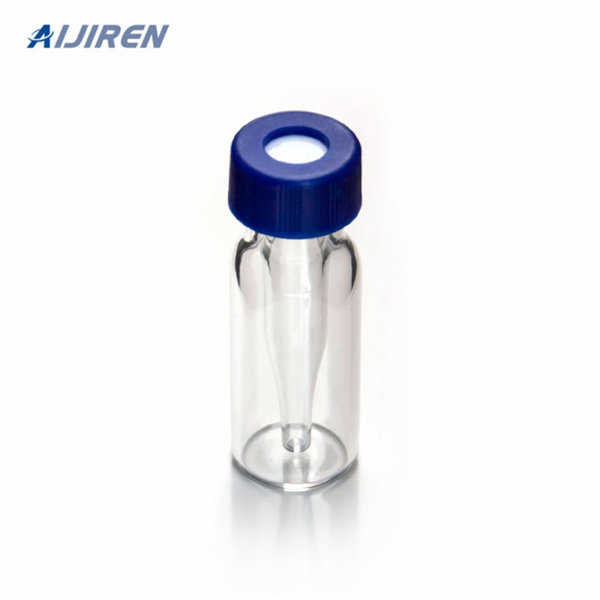
Dec 13, 2022 · There’s a Thermo Scientific screw top vial for every HPLC, GC, MS instrument, application, and budget. Our screw top clear and amber glass vials and plastic screw top vials are available in 8mm, 9mm, 10mm, and 13mm screw threads. The most commonly used vials are 9mm, 12x32mm screw Quote Now Professional GC vials types-Aijiren Hplc Vials Insert
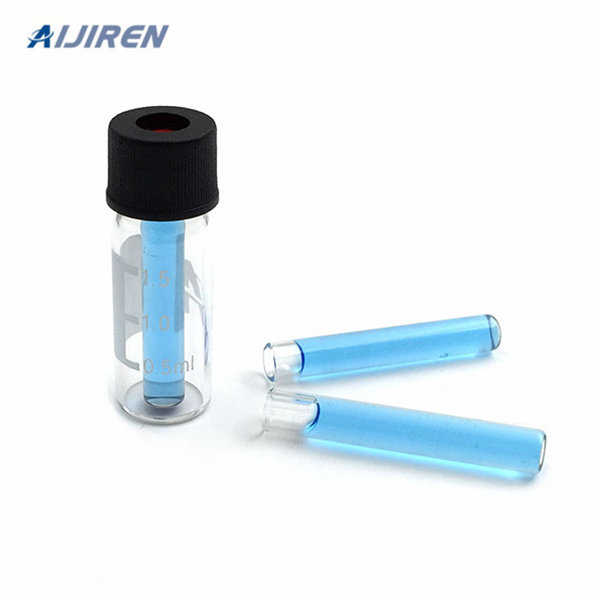
Headspace vials often come in larger volumes than the 2-mL vials used in many liquid sampling systems. Common offerings are 10-mL, 20-mL and 22-mL capacities. Larger vials accommodate larger sample volume and/or a larger headspace above that sample. Because headspace works best for volatile compounds, using quality vials and caps to form a tight seal is critical to a successful analysis.
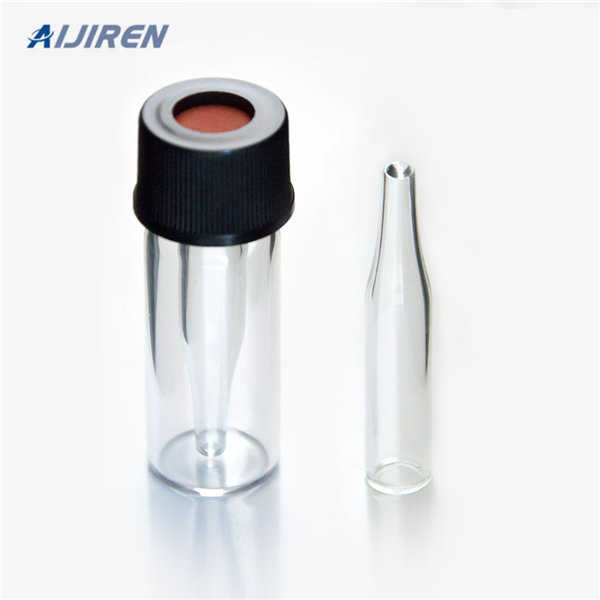
GC-MS samples often contain dirty, labile, and volatile compounds that sometimes need further processing before they are introduced into the gas chromatograph. Different manual and automated sample extraction processes are often used prior to gas chromatography, and will differ based on the degree of selectivity required during sample preparation as well as the initial cleanliness of the samples.
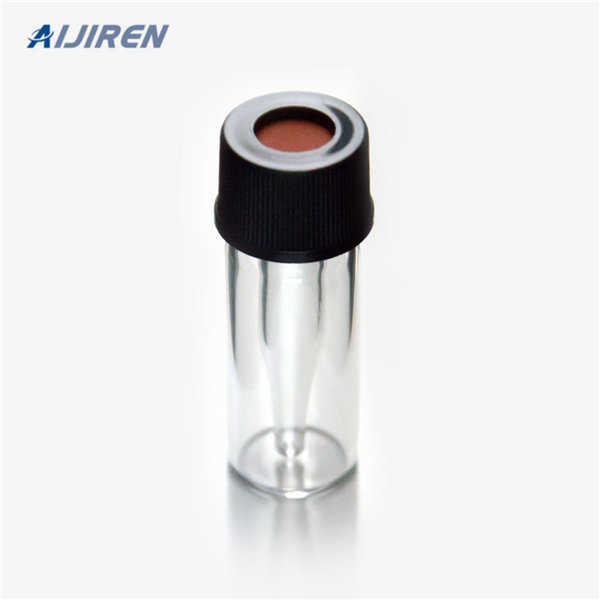
Nov 4, 2022 · Common use GCMS vials wholesales factory manufacturer 2022-11-04 Oct 10, 2022 · Common use borosil GC-MS vials wholesales factory manufacturer Common use 0-425 screw top 2ml vials with closures for hplc Our screw top clear and amber glass vials and plastic screw top vials are available in 8mm, 9mm, 0mm, and 3mm screw threads.
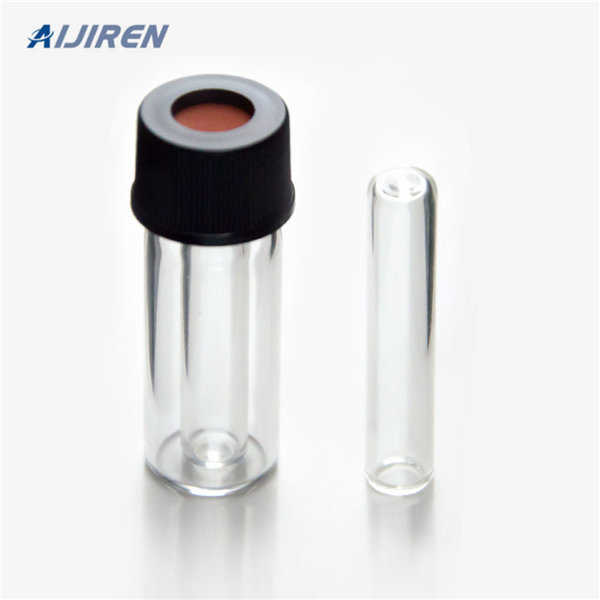
Carrier gas is an inert gas used to carry samples. Helium (He), nitrogen (N 2 ), hydrogen (H 2 ), and argon (Ar) are often used. Helium and nitrogen are most commonly used and the use of helium is desirable when using a capillary column. Helium. Although expensive, it is safe and has a relatively wide optimum linear velocity range.
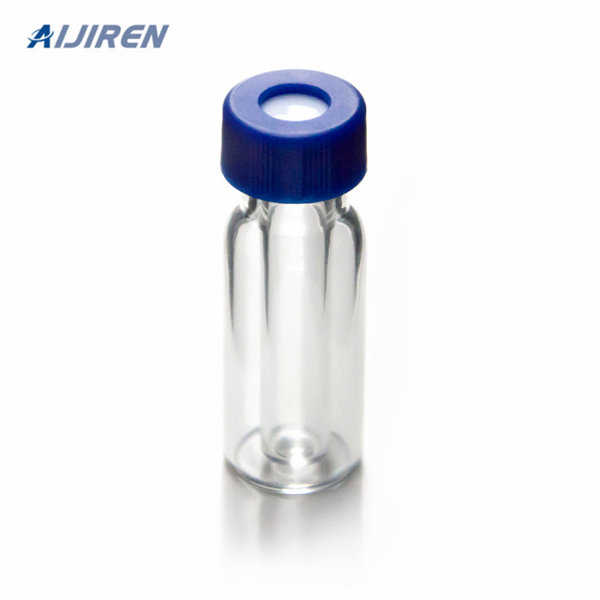
Apr 7, 2022 · Add one or two "specks" of solid 16 (a pile approximately 2 mm in diameter), or a very small spatula-tip of solid to a GC vial (Figure 2.93c). Then add a low boiling solid (e.g. methanol, clean acetone, diethyl ether, or dichloromethane) to the 1.5 mL mark. Cap the vial and invert several times to fully dissolve the solid.
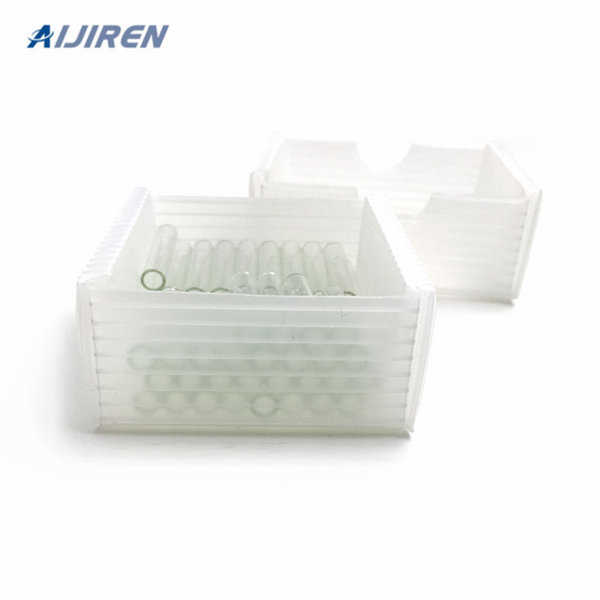
Chromatography and Mass Spectrometry Avantor has the resources to make your Chromatography or Mass Spectrometry applications run efficiently and effectively—from the measuring apparatus needed for chromatography, or the proteins used to fulfill sample manipulation during mass spectrometry.
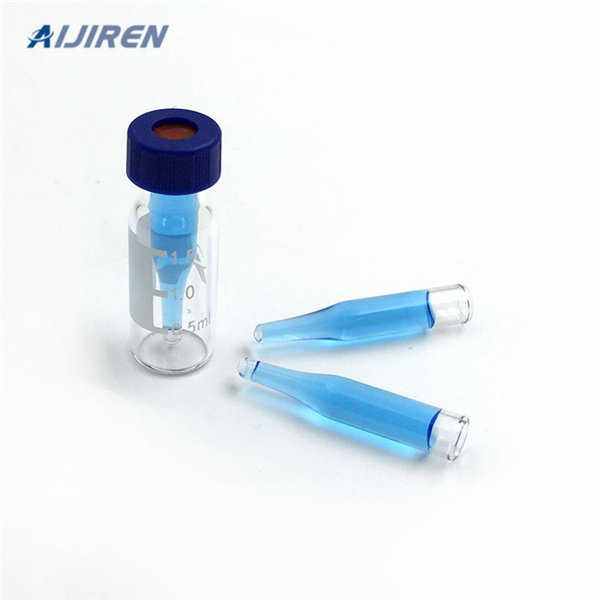
n-Hexane AR grade, Acetonitrile these are good solvents for GC. GC grade methanol can also be used. Hexane and Acetonitrile als well as a mixture of both give good results on non polar and medium

Most users will be familiar with the main 2 mL vial being the HPLC vial or LC/MS vial; sometimes being referred to as a 1.5 mL vial. We have also designed a range of 2 mL GC vials and GC/MS vials for your gas chromatography applications. Explore our range of autosampler vials and more to find just the right solution to protect and store your
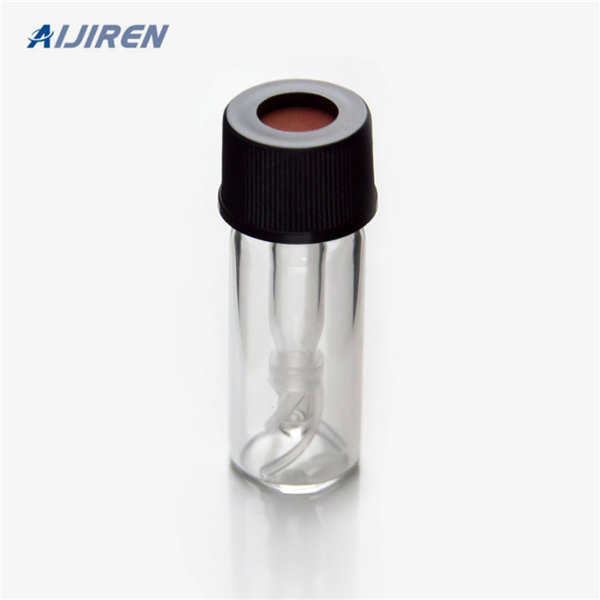
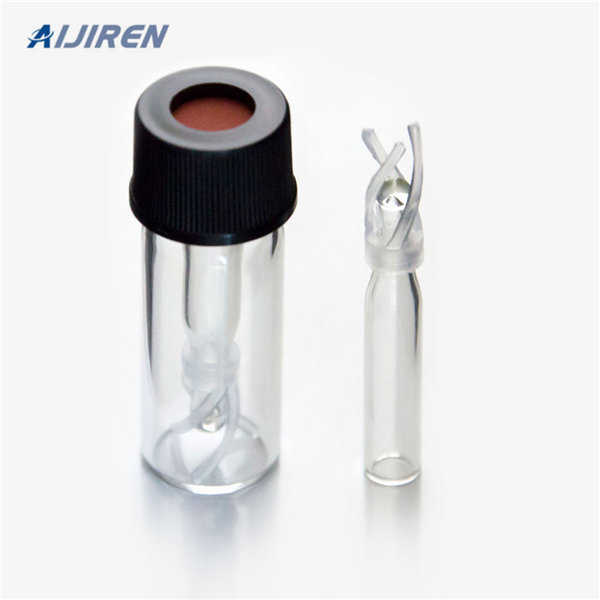
Jul 10, 2012 · Moreover, Septum D performance is generally superior to the other septa. Septum C bleeds even at 100°C, suggesting its unsuitability in routine high-temperature GC–MS studies. Significantly, all septa used in this study bleed phthalate compounds at much lower IP temperature, contrary to the respective manufacturers’ claims on quality and
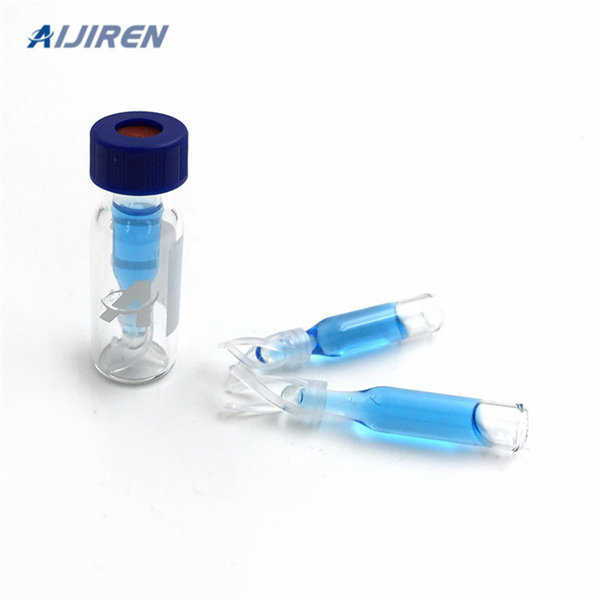
Sep 11, 2021 · Recap the vial and weigh to the nearest ±0.1 mg. Add 2.00 mL of pentane (with the internal standard) to each vial and shake vigorously for 1 min. Allow the two phases to separate for 2 min and then use a glass pipet to transfer at least 1 mL of the pentane (the upper phase) to a 1.8-mL screw top sample vial equipped with a TFE septum, and
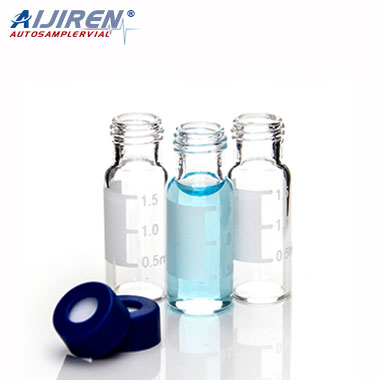
Gas chromatography-mass spectrometry (GC-MS) is an analytical technique that combines gas-chromatography (GC) and mass spectrometry (MS) to identify unknown substances or contaminants. Shimadzu is one of the world’s leading manufacturers of gas chromatograph mass spectrometers. Shimadzu's GC-MS instruments boast ultra-high sensitivity and

GC-MS can be used to study liquid, gaseous or solid samples. Analysis begins with the gas chromatograph, where the sample is effectively vaporized into the gas phase and separated into its various components using a capillary column coated with a stationary (liquid or solid) phase. The compounds are propelled by an inert carrier gas such as